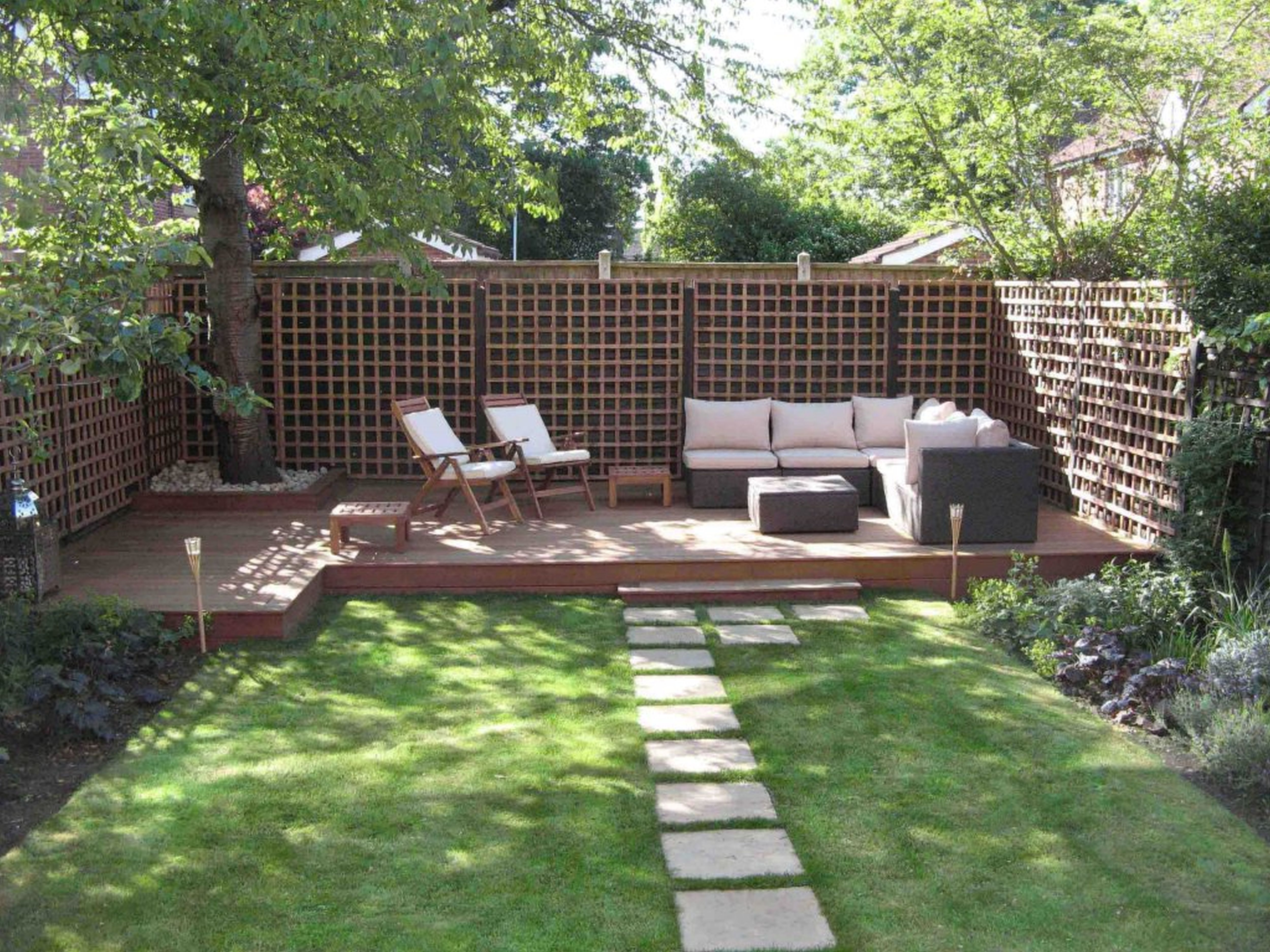backyard design
Backward design is a method of designing an educational curriculum by setting goals before choosing instructional methods and forms of assessment. Backward design of curriculum typically involves three stages: Identify the results desired (big ideas and skills) What the students should know, understand, and be able to do Consider the goals and curriculum expectations Focus on the "big ideas" (principles, theories, concepts, point of views, or themes) Determine acceptable levels of evidence that support that the desired results have occurred (culminating assessment tasks) What teachers will accept as evidence that student understanding took place Consider culminating assessment tasks and a range of assessment methods (observations, tests, projects, etc.) Design activities that will make desired results happen (learning events) What knowledge and skills students will need to achieve the desired results Consider teaching methods, sequence of lessons, and resource materials Backward design challenges "traditional" methods of curriculum planning. In traditional curriculum planning, a list of content that will be taught is created and/or selected. In backward design, the educator starts with goals, creates or plans out assessments and finally makes lesson plans. Supporters of backward design liken the process to using a "road map". In this case, the destination is chosen first and then the road map is used to plan the trip to the desired destination. In contrast, in traditional curriculum planning there is no formal destination identified before the journey begins.




